- DroidAfrica
- Gadgets
- UMIDIGI
- UMiDIGI Bison 2021
UMiDIGI Bison 2021

UMiDIGI Bison 2021 Highlights and Overview
UMiDIGI Bison 2021 is an updated model to the first Bison smartphone launched by UMI back in August of 2020. The new model brings minor updates to the phone; first, RAM capacity got increased from 6GB to 8GB, and secondly, new Google Android 11 is used. Every other specs remains virtually same; a rugged smartphone with IP68 / IP69K certification. It sport a 6.3-inches display with 1080 x 2340 pixels resolution with a U-shaped notch over the screen.
Under the hood, the UMiDIGI Bison 2021 runs on the MediaTek MT6771V/C CPU, also known as Helio P60, an octa-core processor clocked at 2.0 GHz, along with Mali-G72 MP3 GPU, and backed by 128GB of internal storage.
As for the optics, you are getting four camera modules on the back, the main snapper is a 48-megapixel unit along with 16-megapixel ultrawide lens and a dual 5-megapixel lenses for macro and depth sensing respectively, while a single 24-megapixel selfie snapper seat in the notch upfront.
The device comes with a side-mounted fingerprint scanner with dual 4G VoLTE enable SIMs. There is a 5000mAh battery with 18W fast charger on the inside, while Android 11 runs out of the box. The table below contains the full specifications and features of UMiDIGI Bison 2021.
UMiDIGI Bison 2021 Full Specifications and Features
NETWORK
| Technology | GSM / HSPA / CDMA / LTE |
| 2G Network Bands | 2G Band: B2 /B3 /B5 /B8 |
| 3G Network Bands |
WCDMA: B1/2/4/5/6/8/19 TD-SCDMA B34 / 39 |
| 4G Network Bands |
FDD-LTE B1 / 2/3/4/5/7/8/12/13/17/18/19/20/26 / 28A / 28B / 66 TDD-LTE B34 / 38/39/40/41 |
| Speed | HSPA 42.2/5.76 Mbps, LTE-A (4CA) Cat16 1024/150 Mbps |
LAUNCH
| Also Known As |
- - |
BODY
| Dimensions | 162.5 x 79.9 x 12.8 mm |
| Weight | 250 grams |
| SIM Type | Dual SIM (Nano-SIM, dual stand-by) |
DISPLAY
| Display Type | IPS LCD capacitive touchscreen, 16M colors |
| Size | 6.3 inches, 99.1 cm2 (~80.6% screen-to-body ratio) |
| Resolution | 1080 x 2340 pixels, 19:9 ratio (~403 ppi density) |
PLATFORM
| Operating System | Android 11 |
| Chipset | Mediatek MT6771V/C Helio P60 (12nm) |
| CPU | Octa-core (2x2.2 GHz Cortex-A75 & 6x2.0 GHz Cortex-A55) |
| GPU | Mali-G72 MP3 |
MEMORY
| RAM + ROM | 8 GB |
| Card Slot | Yes, up to 256 GB via microSD card (uses SIM 2 slot) |
MAIN CAMERA
| Camera Type | Quadruple Lenses |
| Camera Sensor(s) |
48 MP with 6P lens, f/1.79, 1.6μm 4-in-1 pixel 16 MP FOV 120° lens 5 MP depth 5 MP macro |
| Camera Features |
Ultra wide-angle mode, Steady handheld night photography, Slow motion video, Macro mode, Portrait mode, Panorama mode, HDR, AI Beautify, Ultra wide-angle edge distortion correction, Dual LED flash, F ace recognition, Real-time filters |
| Video Resolution | 1080p720p/480@30fps |
SELFIE CAMERA
| Camera Type | Single Lens |
| Camera Sensor(s) | 24-megapixel |
| Camera Features |
AI FaceID Face beautification |
| Video Resolution | 1080p |
SOUND
| Loudspeaker | Yes |
| Speaker Location | Chin, below display |
| Audio Jack Type | Yes, 3.5mm audio jack |
CONNECTIVITY
| Bluetooth | Bluetooth 4.2 |
| NFC | |
| GPS | Yes |
| FM Radio | Yes |
BATTERY
| Battery Capacity | Non-removable Li-Polymer 5000mAh battery |
OTHER FEATURES
| Sensors | Fingerprint (side-mounted), accelerometer, proximity, compass |
| Box Contents | Charging Brick / USB cable |
UMiDIGI Bison 2021 User Reviews and Opinions
Disclaimer Note
This specification was entered manually, hence we CANNOT guarantee 100% accuracy. Any error? Let us know in the comment section.










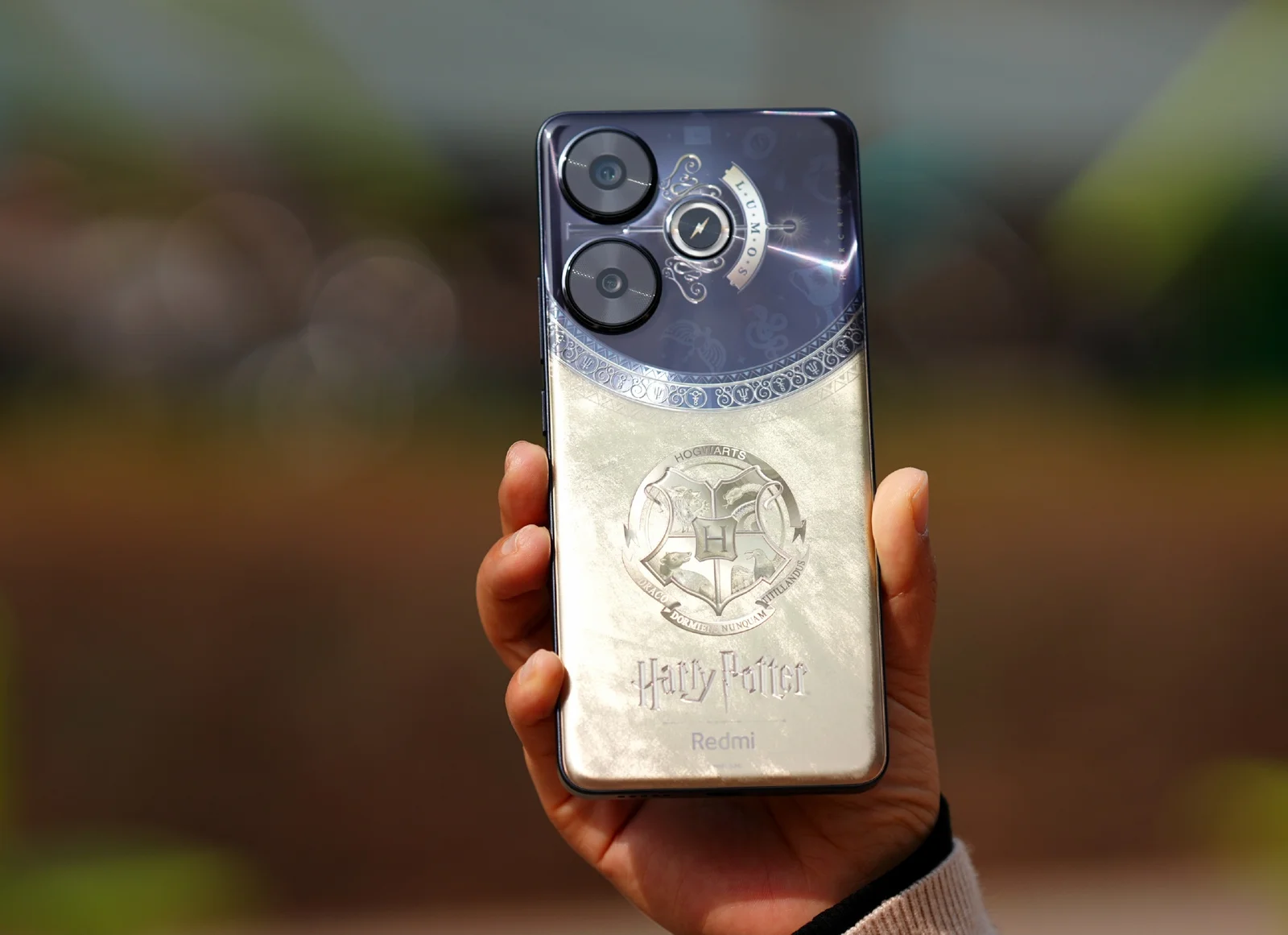
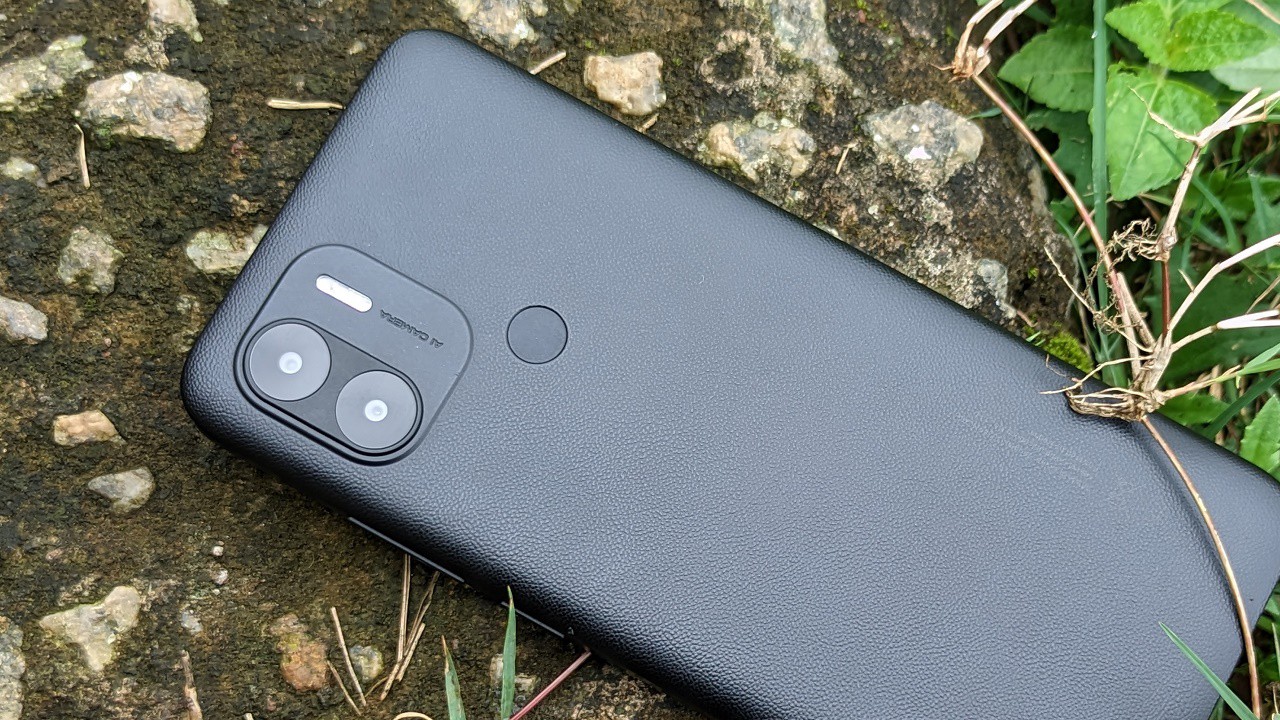
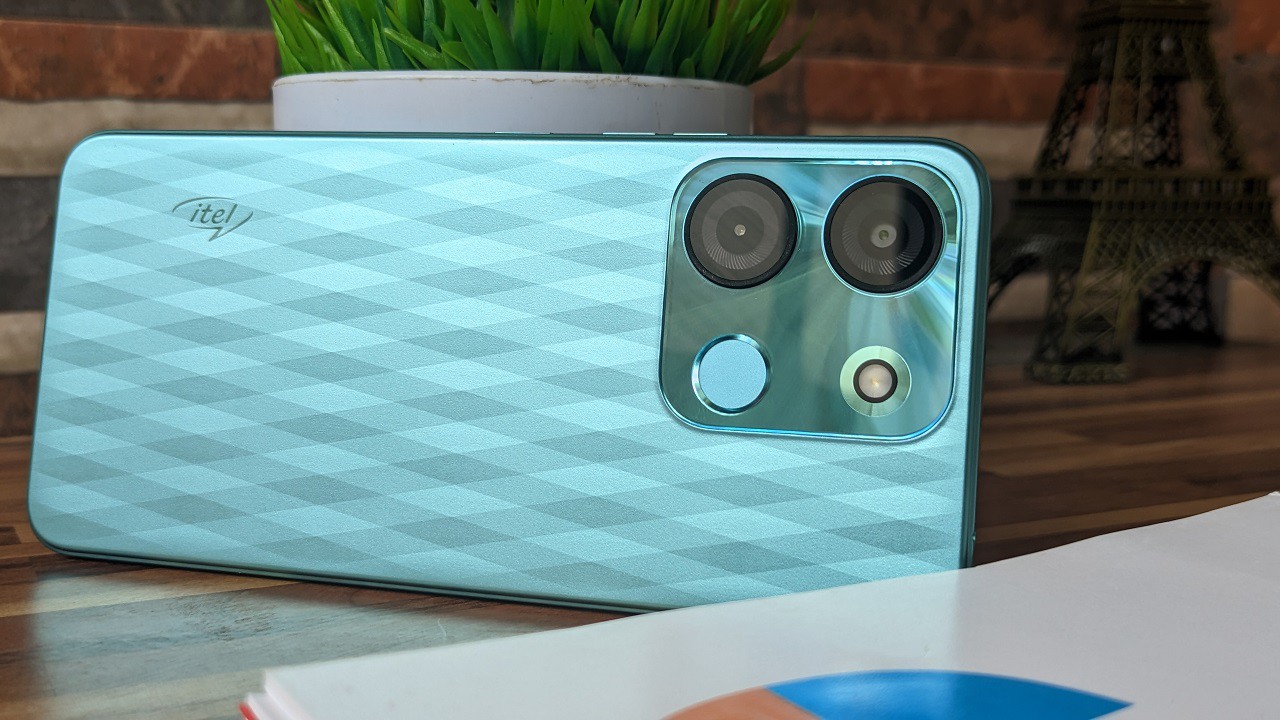
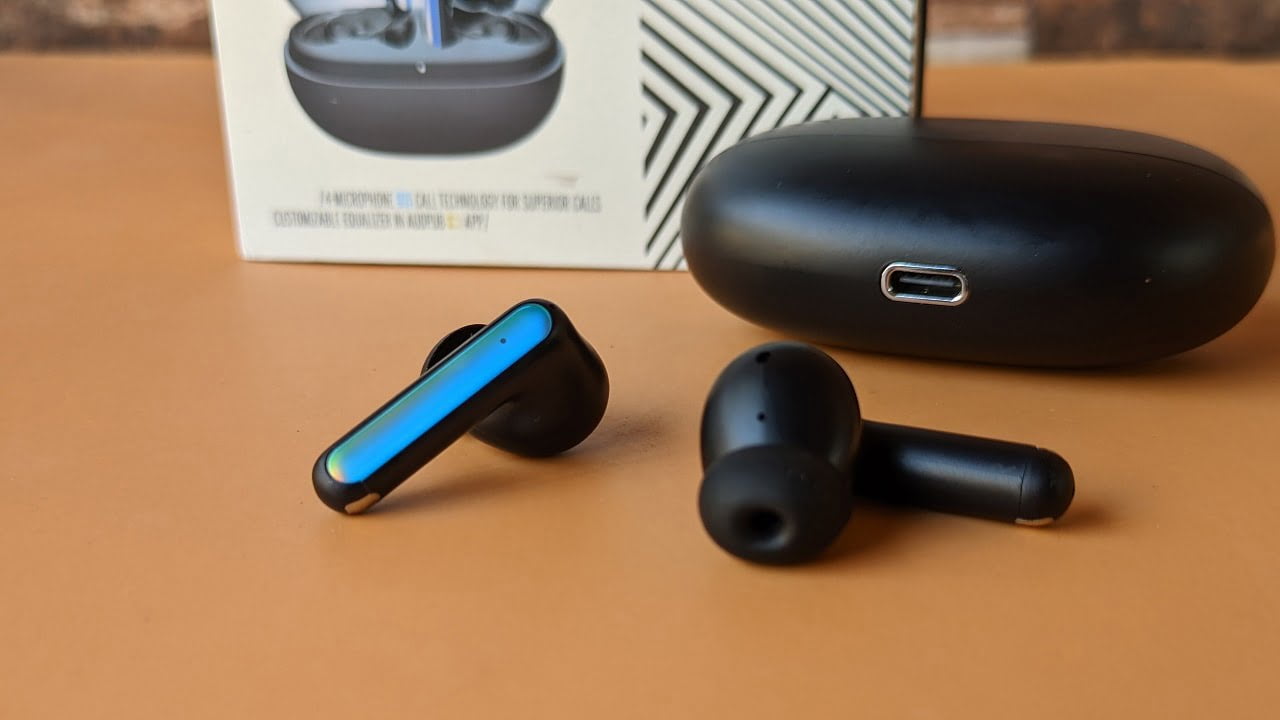
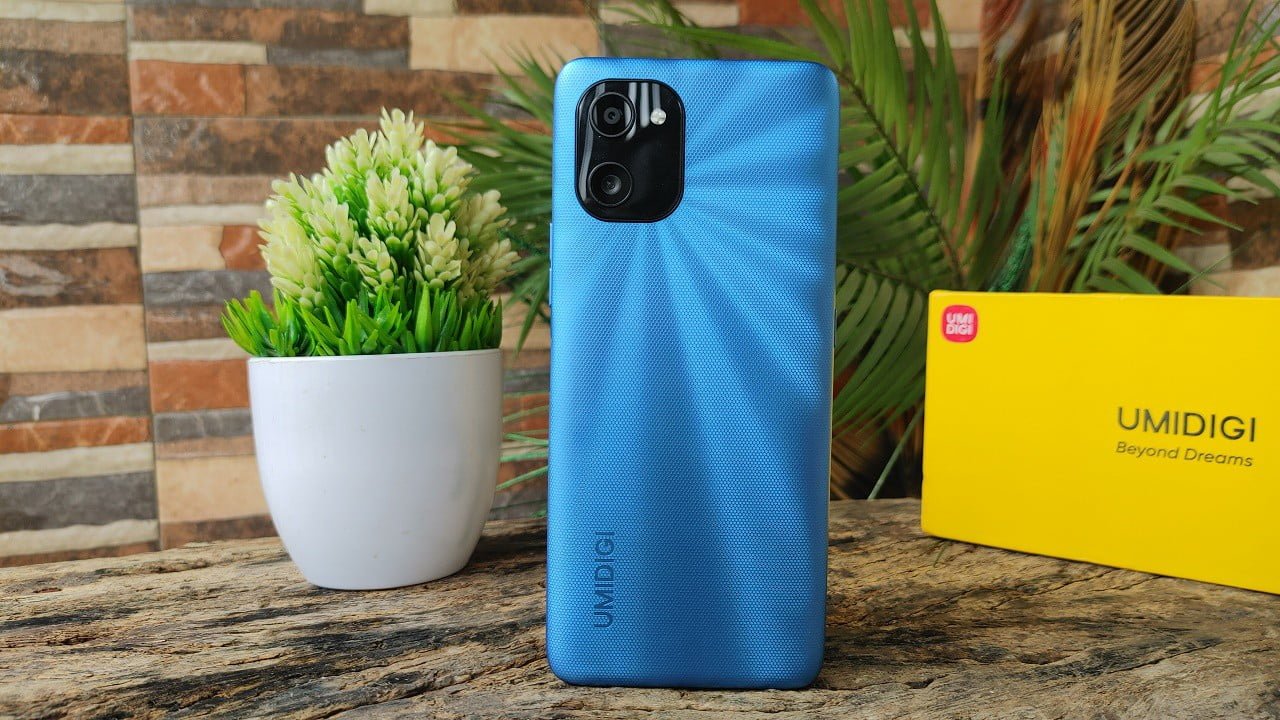
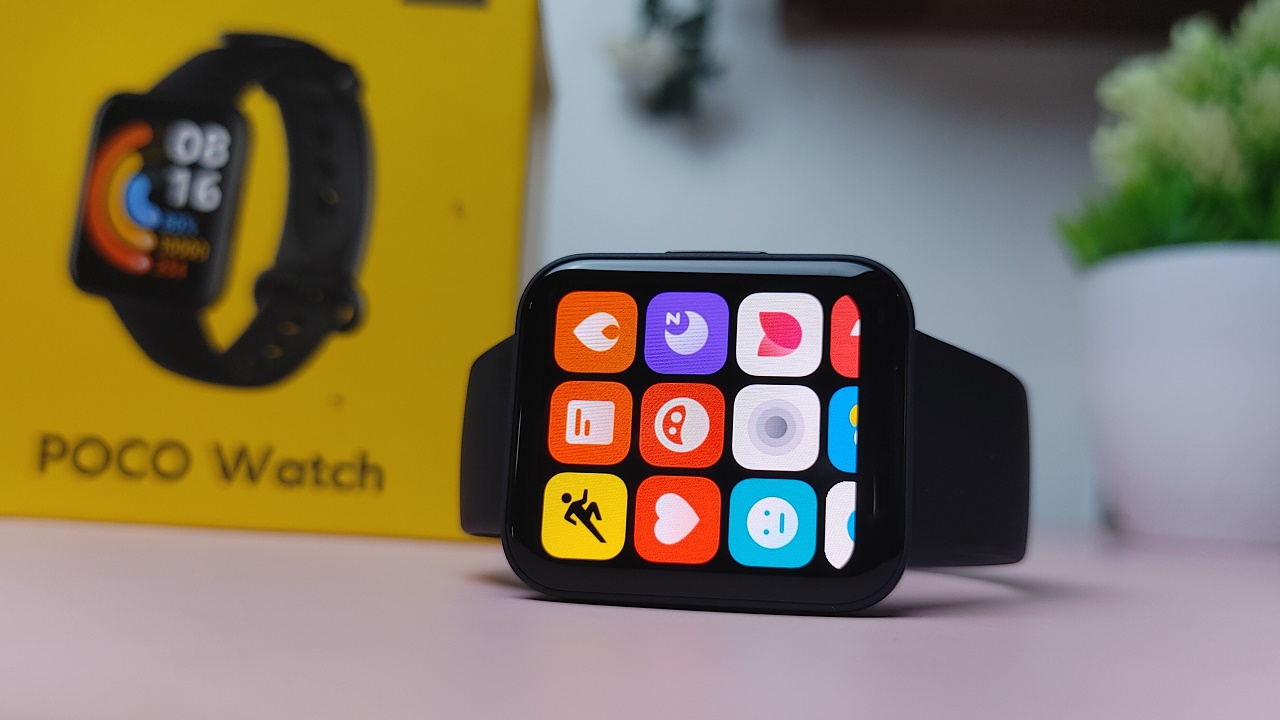
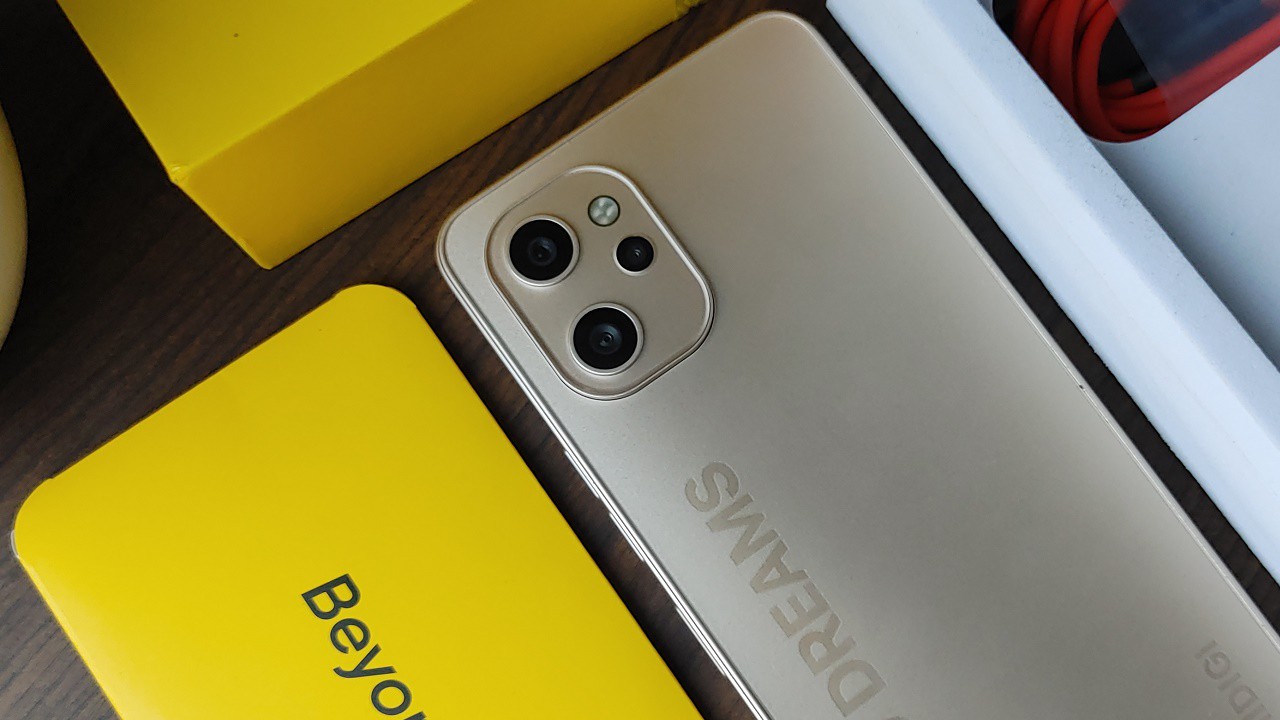
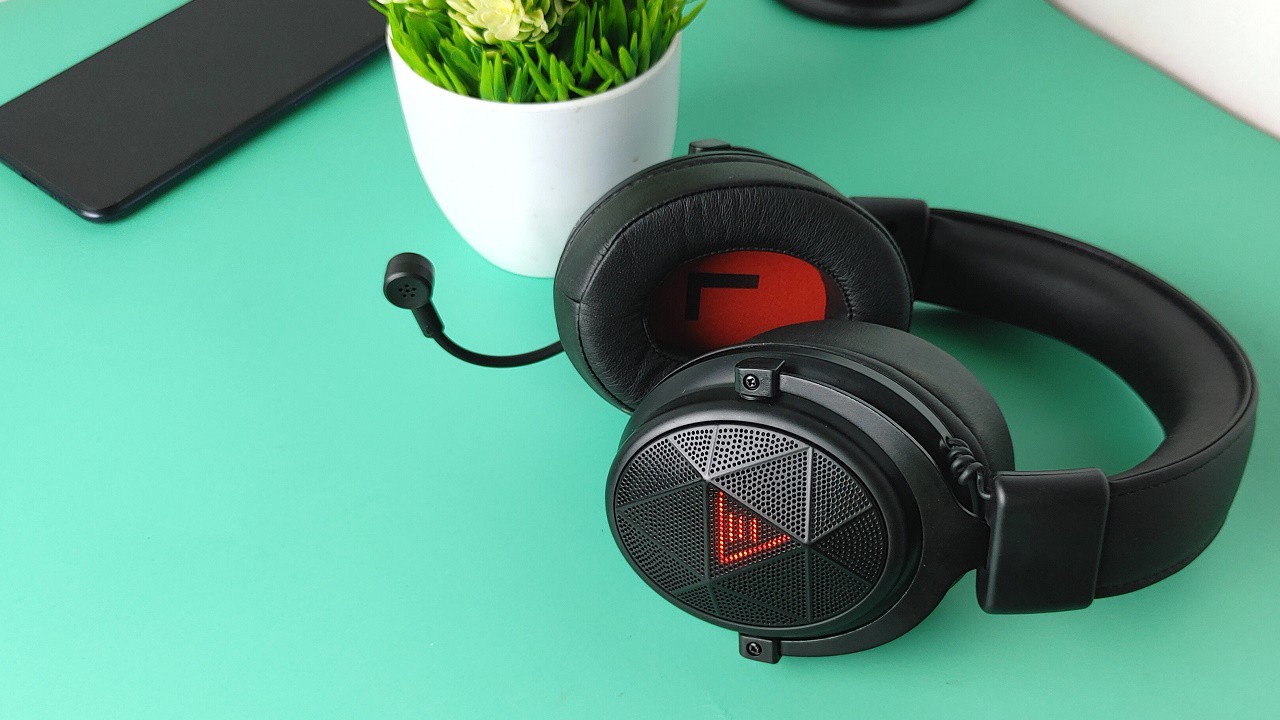
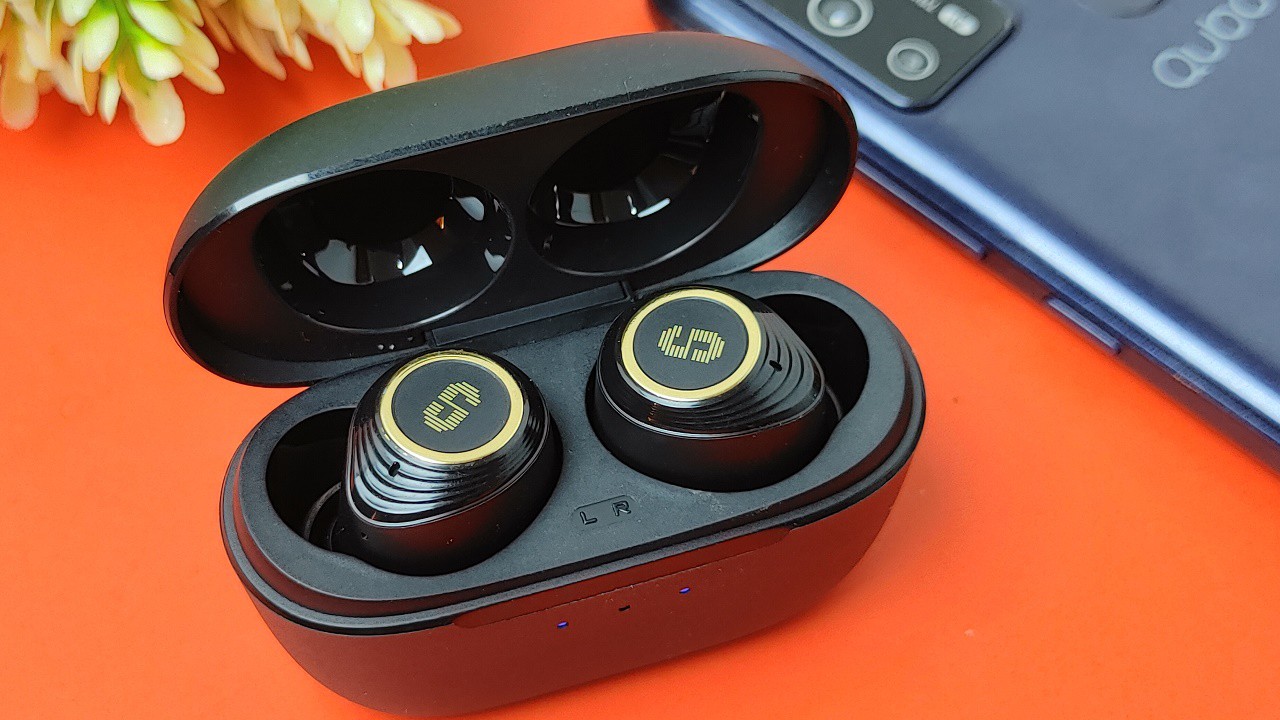
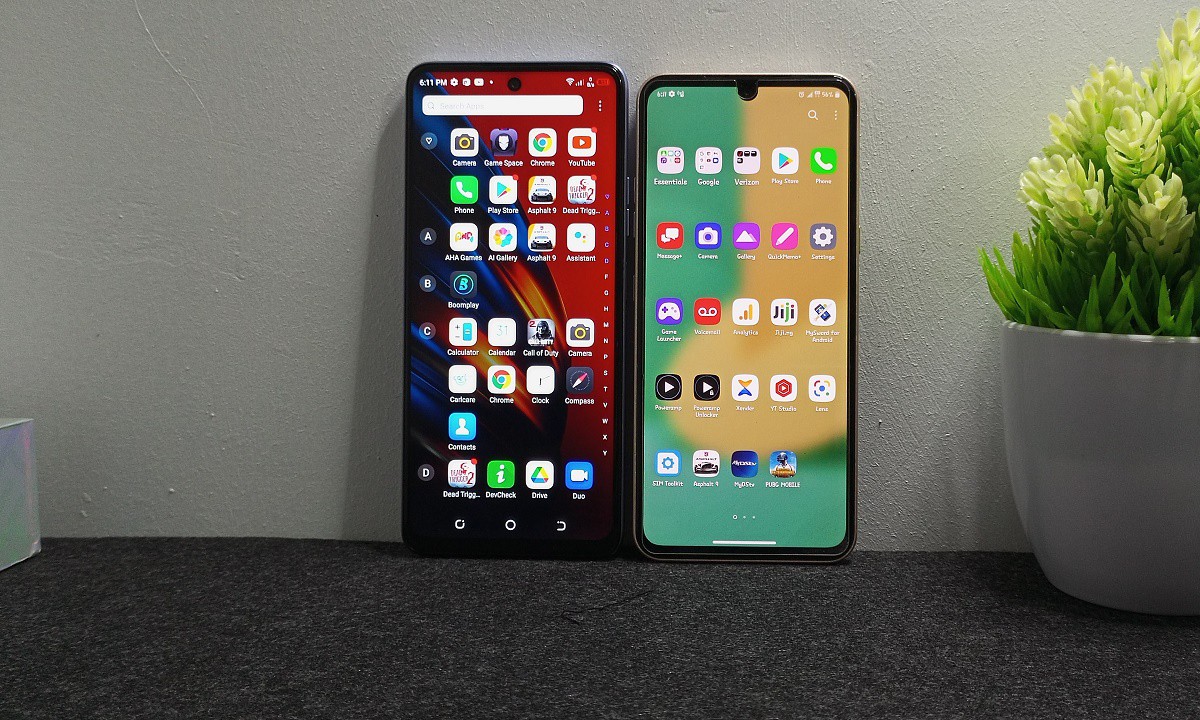

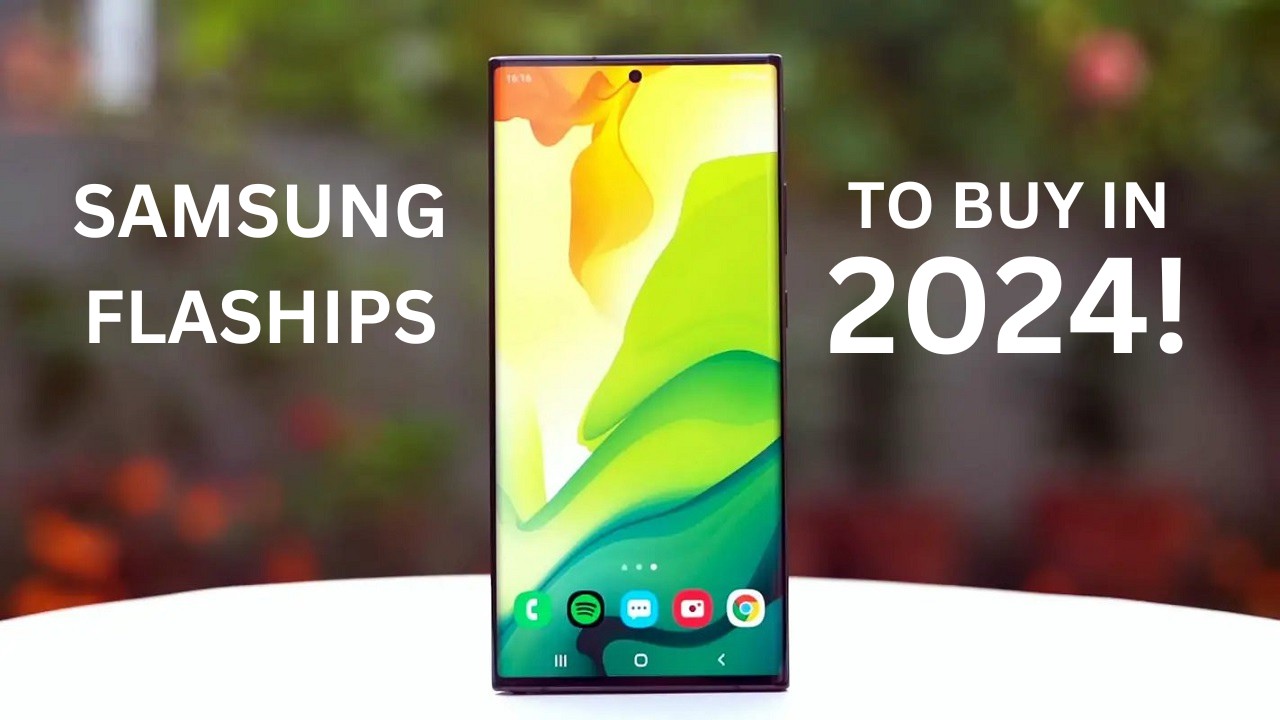
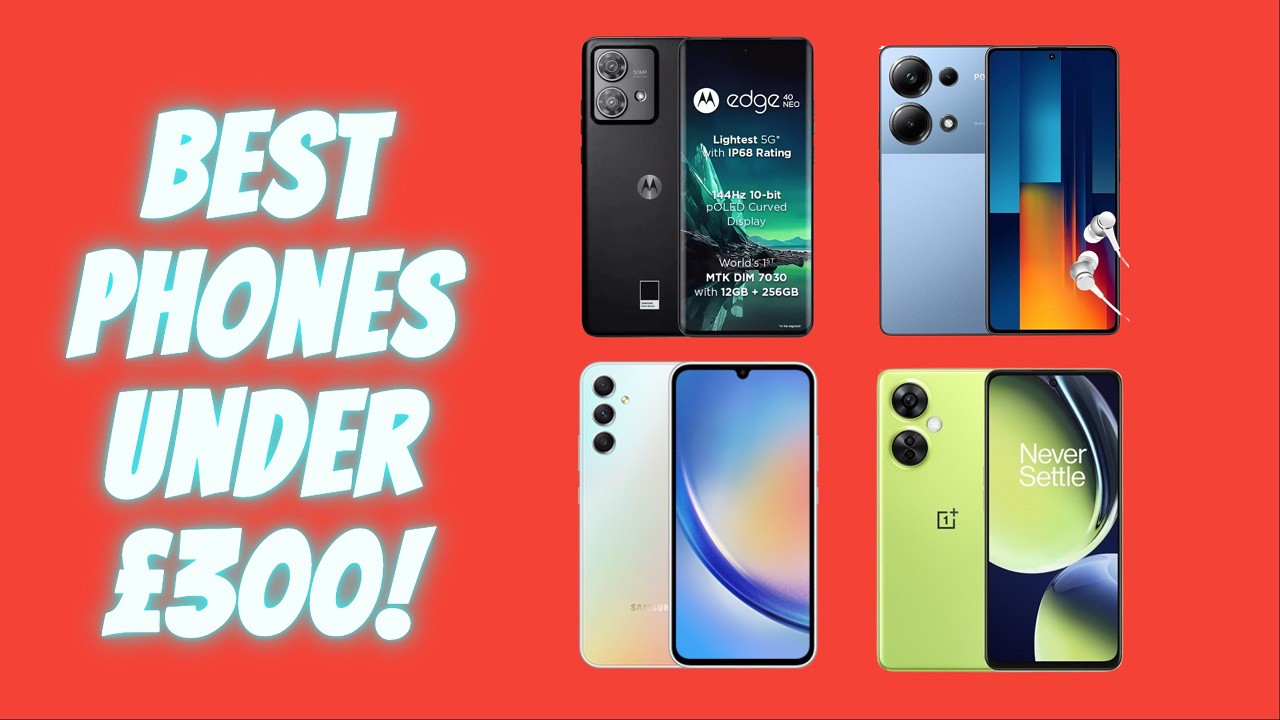

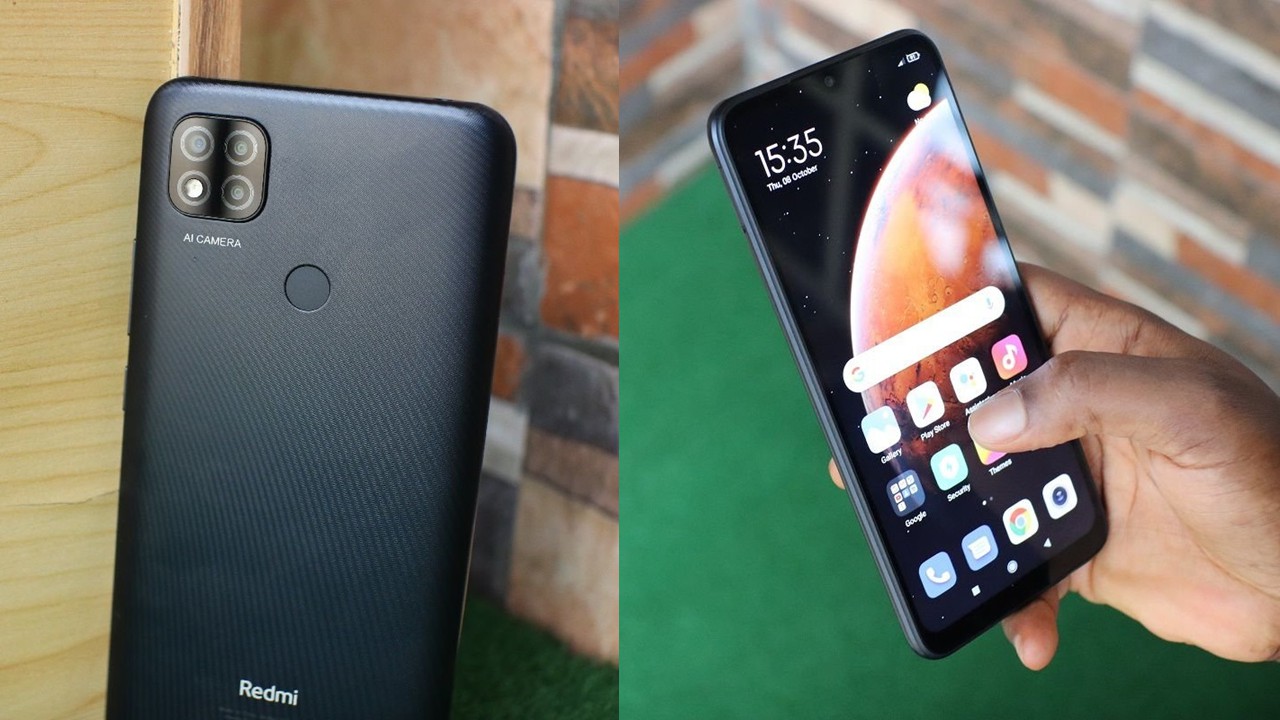
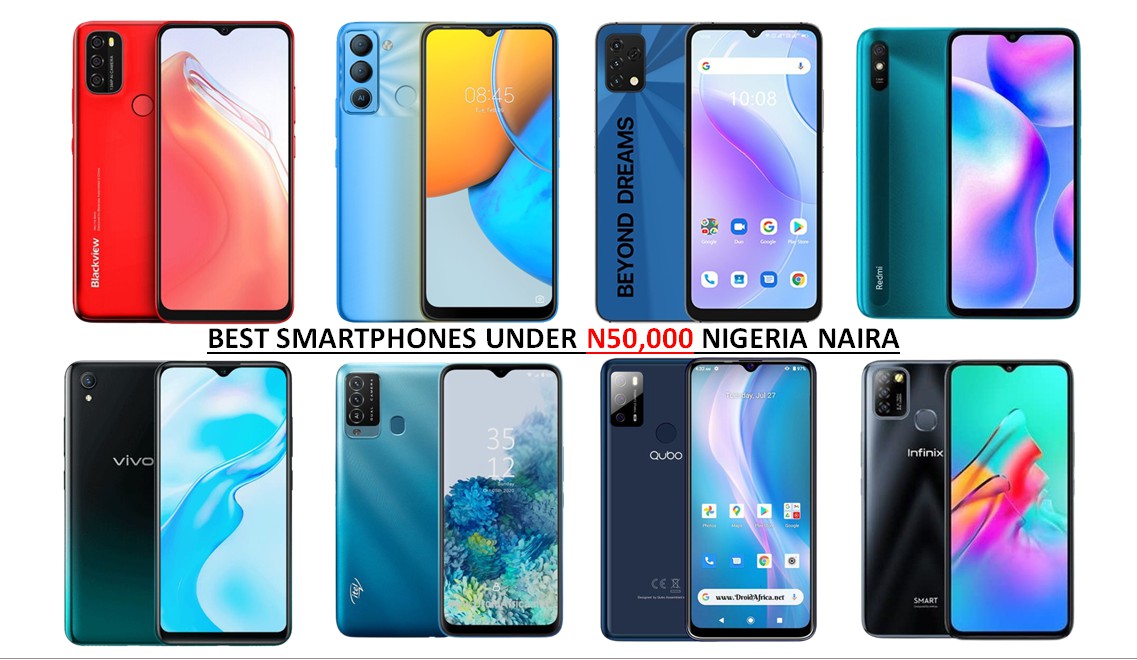
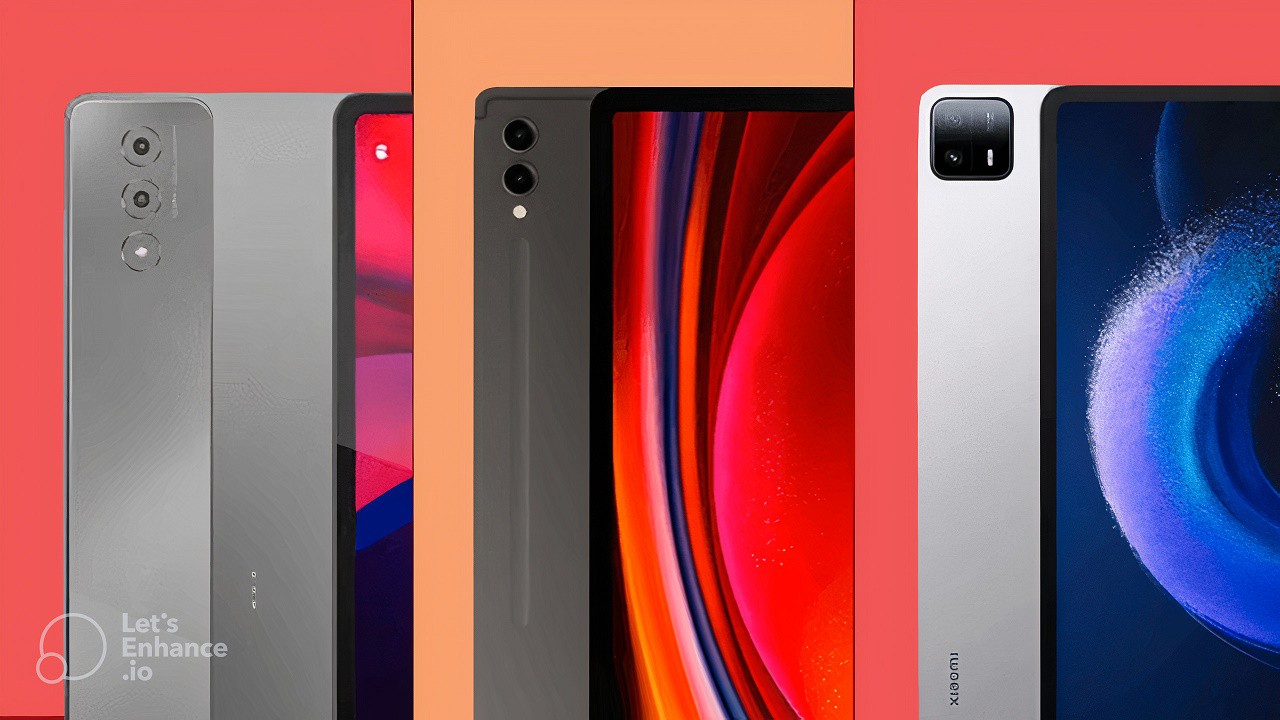
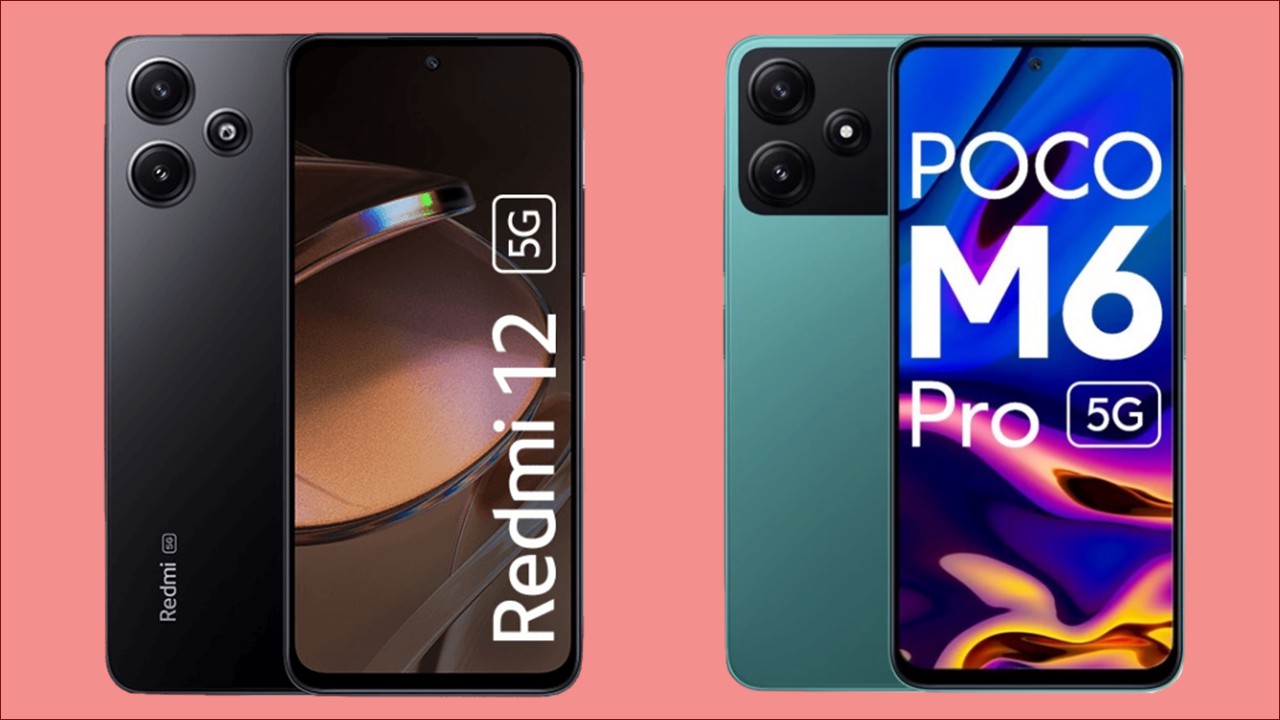
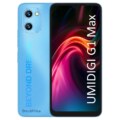
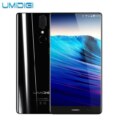

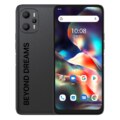
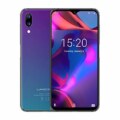
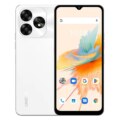
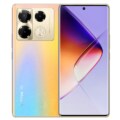
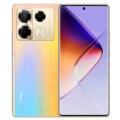
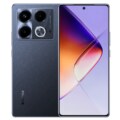
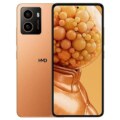
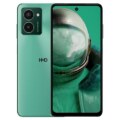


Leave a Reply